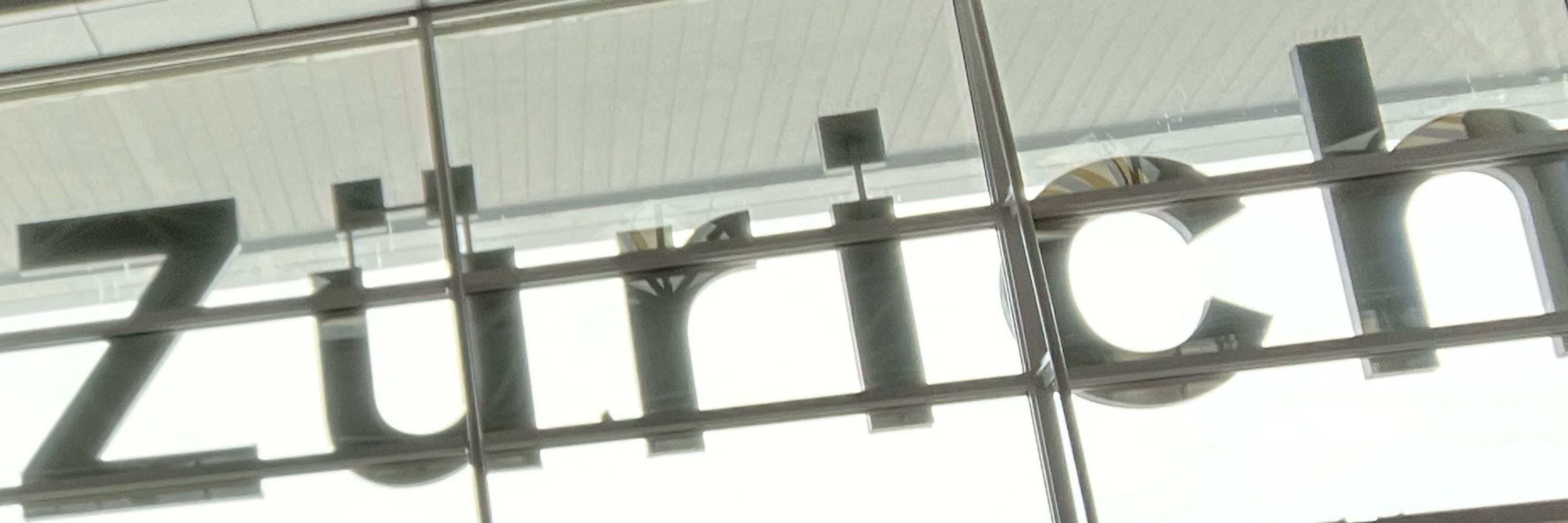
https://dylan-muir.com











From left to right: XyloAudio 3 (brand new!); stand-alone Speck modules; a Speck HID module (unreleased!); Speck dev kit; XyloIMU dev kit and XyloAudio 2.

From left to right: XyloAudio 3 (brand new!); stand-alone Speck modules; a Speck HID module (unreleased!); Speck dev kit; XyloIMU dev kit and XyloAudio 2.


